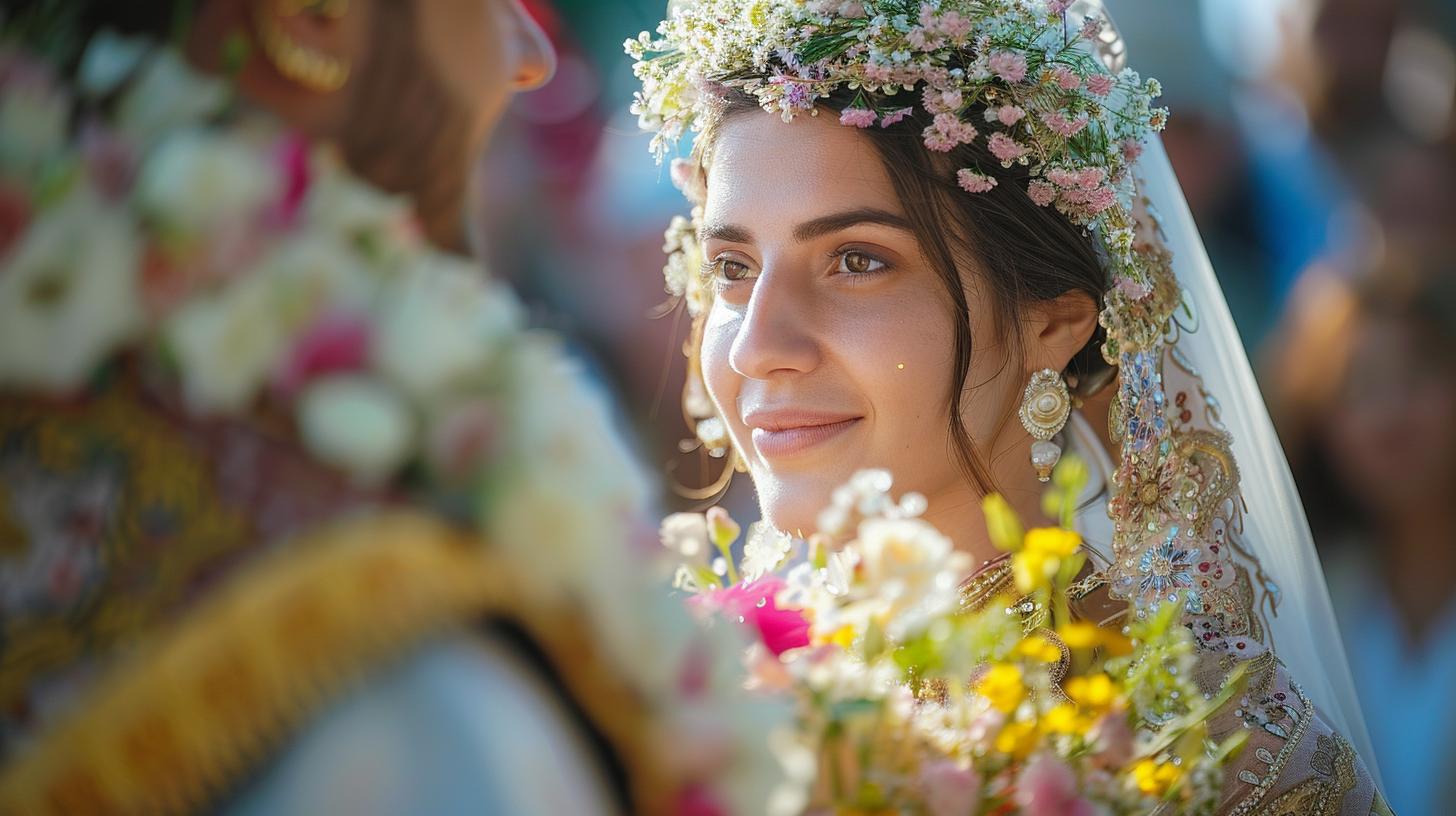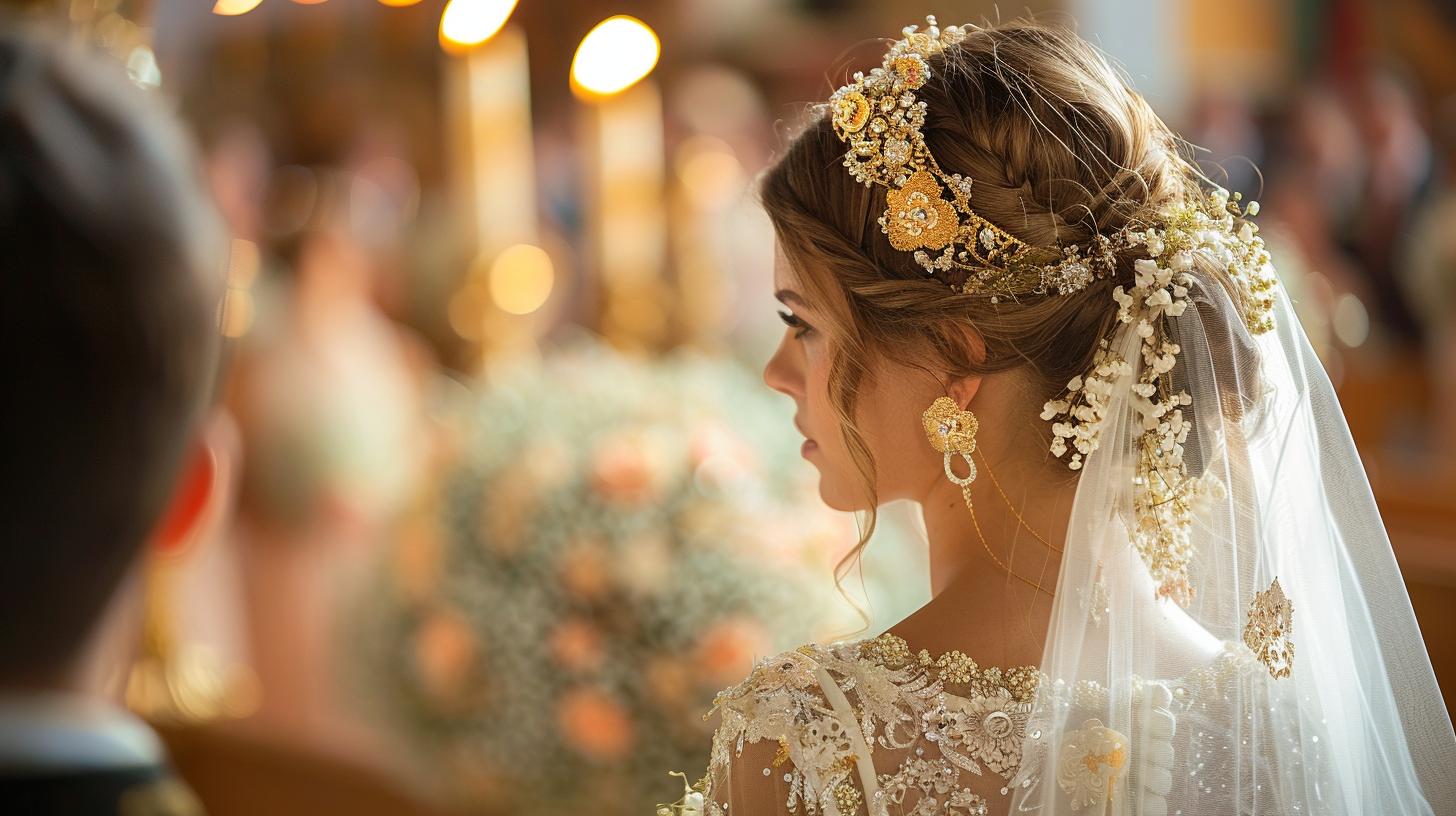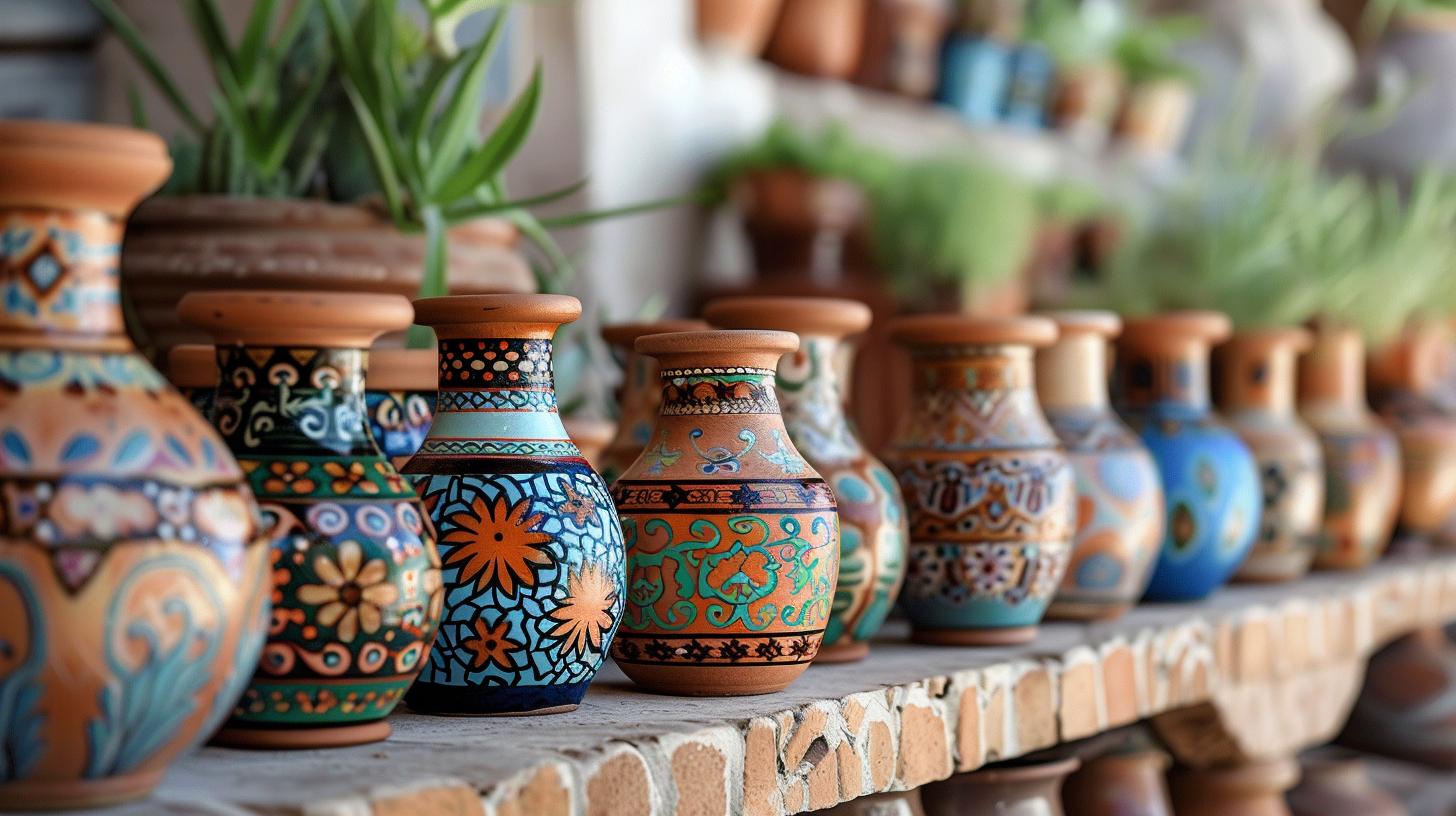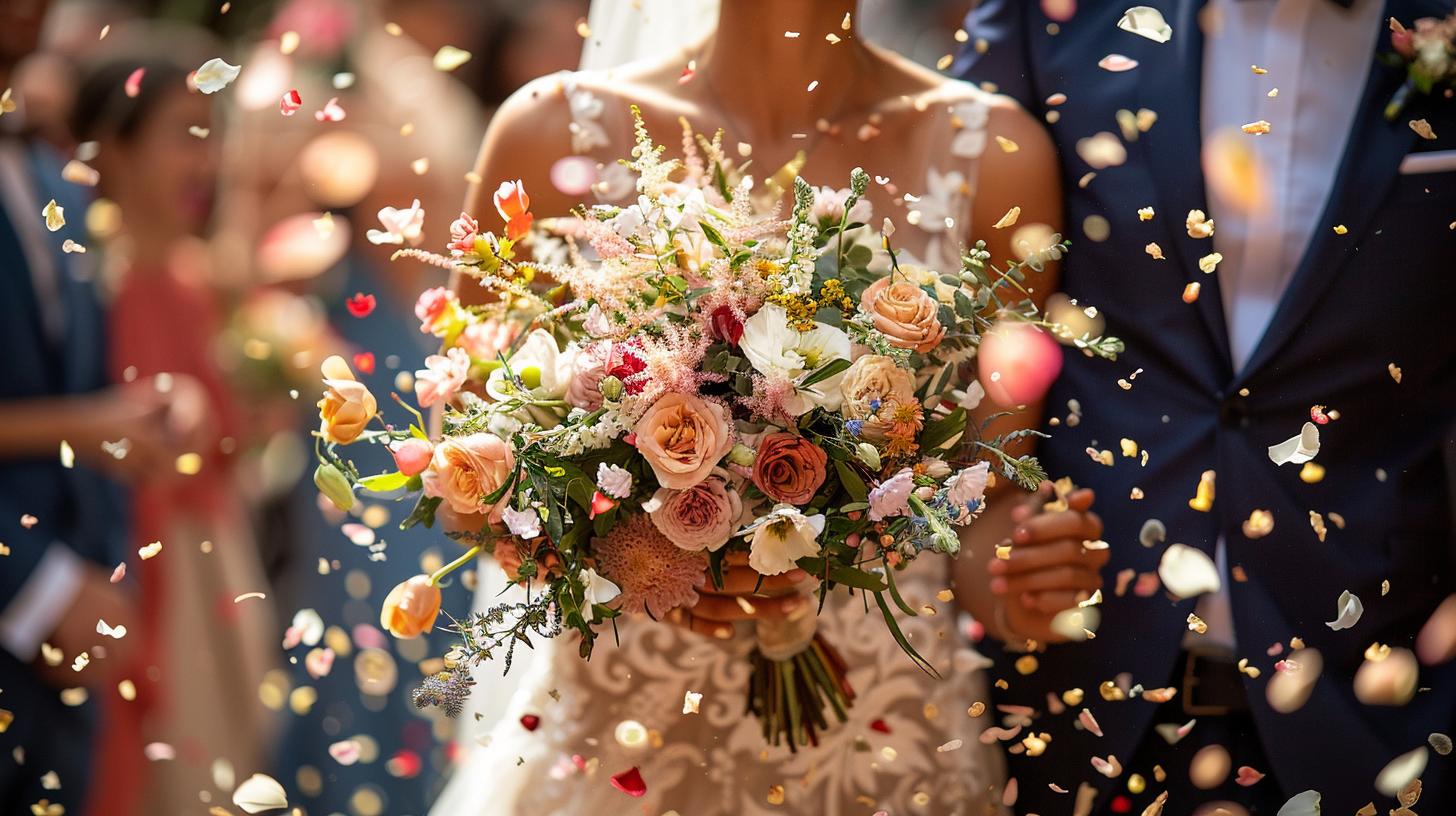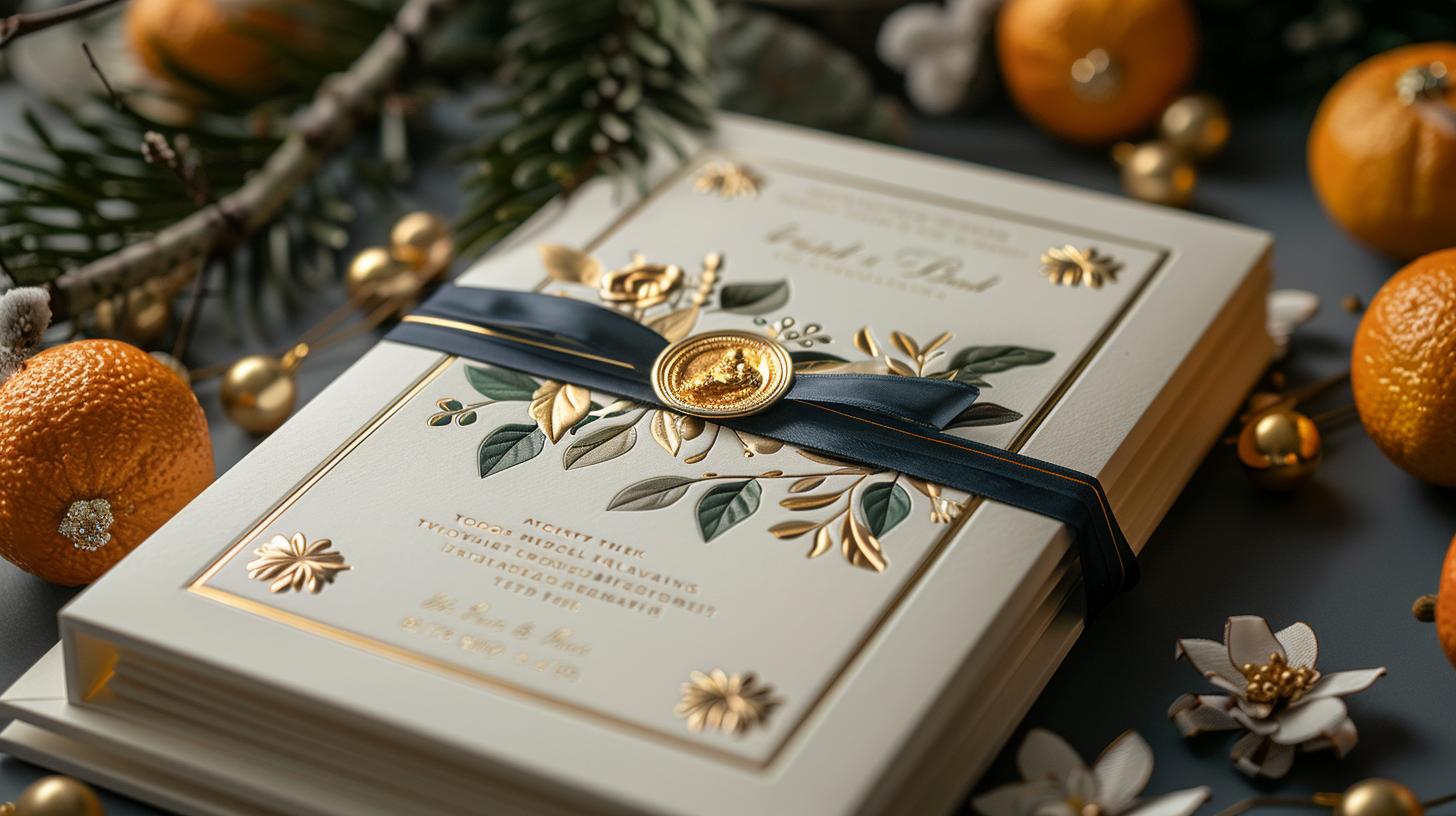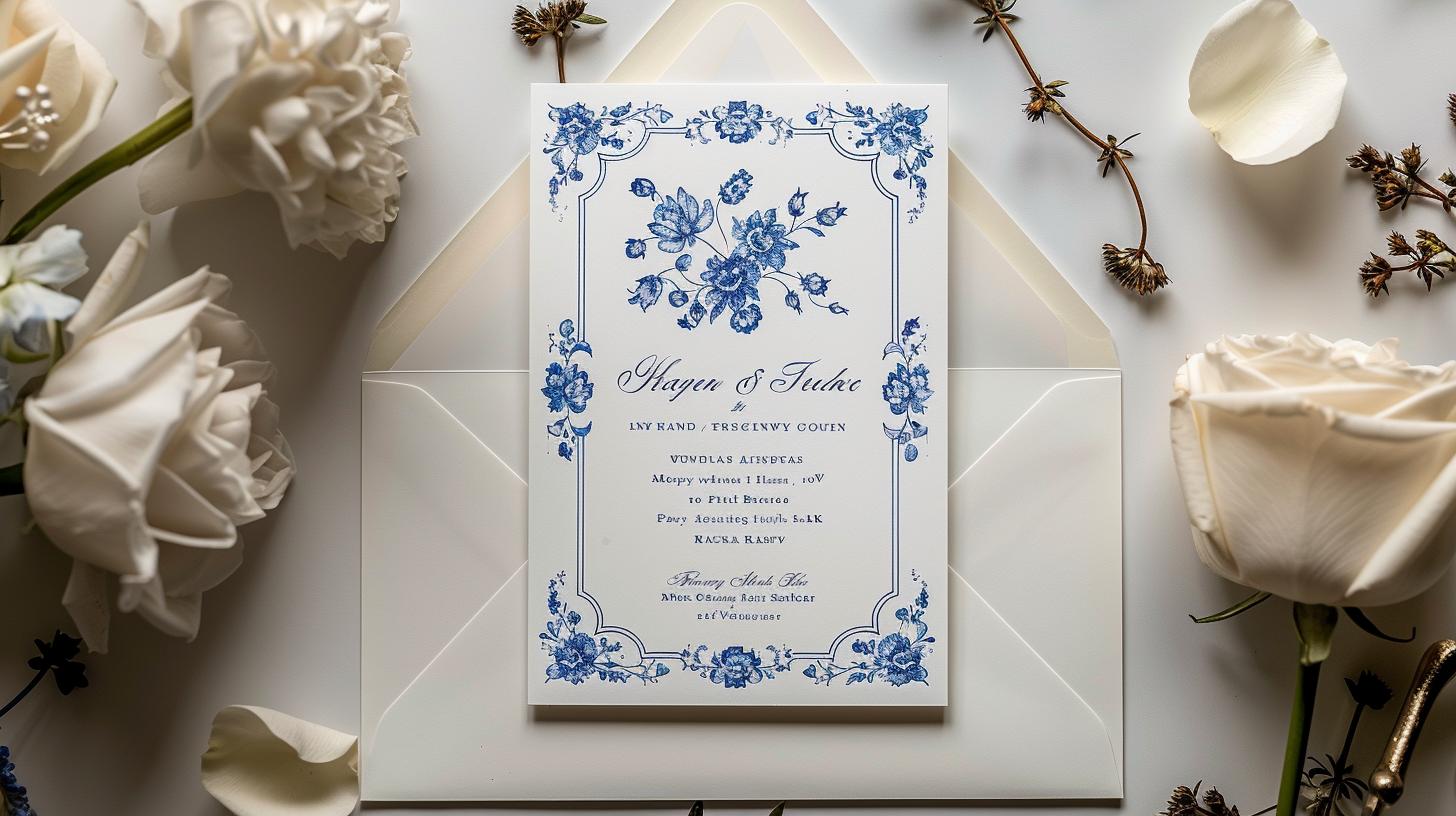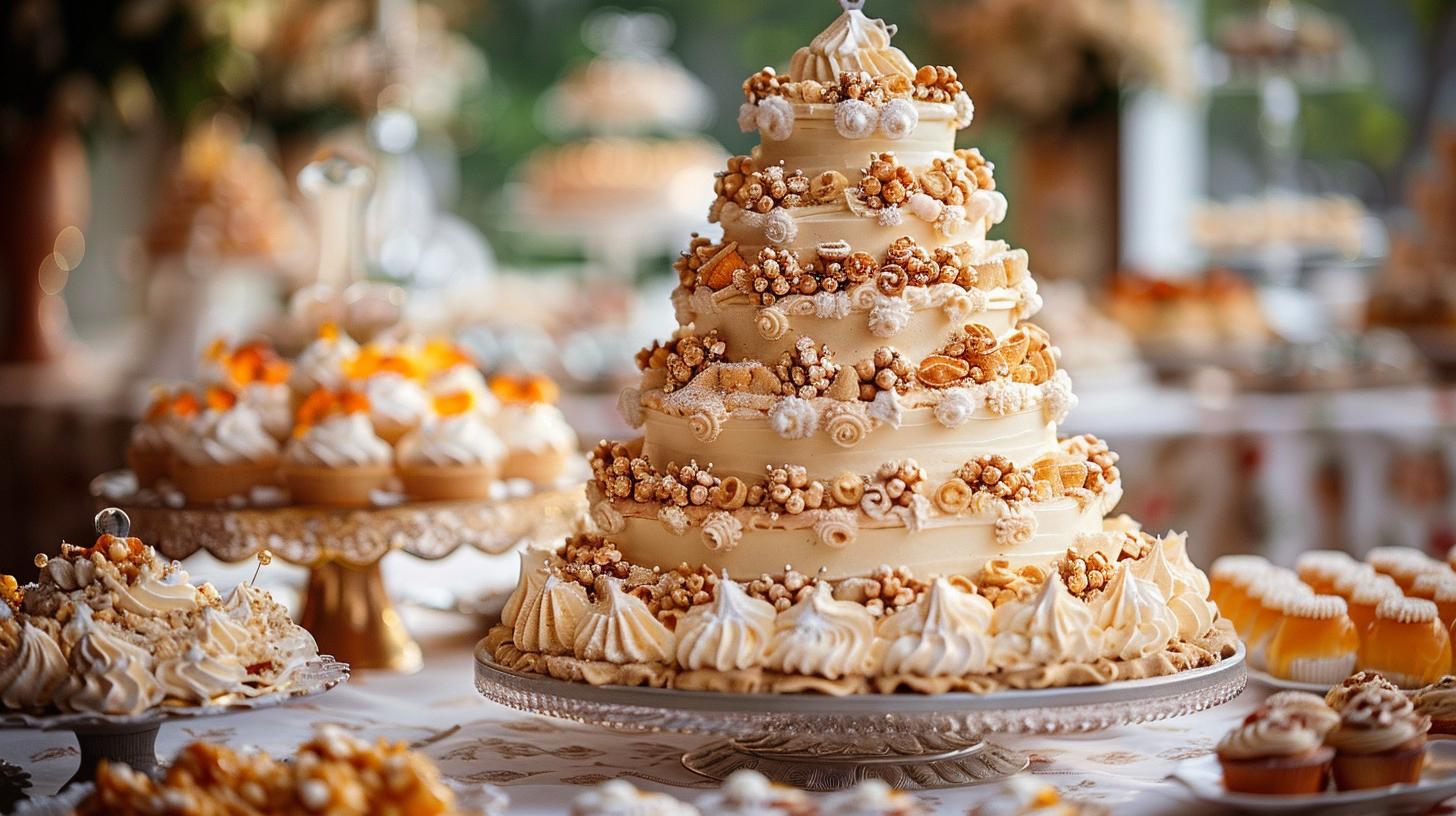What Are Greek Wedding Traditions? A Guide to Customs and Rituals
Greek wedding traditions are a blend of ancient practices and modern customs. These traditions reflect the significance of family, love, and community in Greek culture.
Celebrations often include unique rituals, ceremonies, and symbols that honor both the couple and their families.
Understanding these traditions provides insight into the rich cultural heritage of Greece.
Historical Context of Greek Weddings
The historical significance of Greek weddings reflects the culture’s deep-rooted customs and evolving practices. Marriage has long been viewed as a vital institution, uniting families and establishing alliances. This section explores the ancient roots of these traditions and their connections to the influence of the Orthodox Church.
Ancient Traditions
In ancient Greece, weddings were monumental events that often involved elaborate rituals. The primary focus was not merely on the union of two individuals, but on the merging of families. Marriages served multiple purposes, including political alliances, social status improvement, and economic stability.
- Marriage as a Social Contract: In ancient times, marriages were often arranged. Families played a crucial role in selecting suitable partners to strengthen social ties and consolidate wealth.
- Celebrations and Festivals: Weddings were celebrated with grand feasts and public festivities.
These events brought communities together, reinforcing social norms and traditions.
- Presence of Gods: Many rites included offerings to deities, underscoring the belief that divine blessings were essential for a successful union.
Influence of Orthodox Christianity
The incorporation of Orthodox Christianity into Greek wedding practices significantly transformed traditional customs.
With the arrival of Christianity, many pagan practices were adapted to fit religious contexts.
- Spiritual Significance: The marriage ceremony became a sacrament, symbolizing the holy union between the couple. Christian teachings emphasized love, fidelity, and family.
- Ceremonial Changes: Traditional elements, such as the crowning of the couple, were reinterpreted to signify their commitment before God.
The koumbaro, or wedding sponsor, plays a vital role in these customs, representing the community’s presence and support.
- Integration of Readings: Biblical readings became an integral part of the wedding ceremony, such as passages from the Epistle of St.
Paul to the Ephesians, which focus on love and unity.
Engagement Traditions
Engagement traditions in Greek culture serve as a significant prelude to the wedding celebration. These customs not only symbolize the couple’s commitment but also involve family approval and meaningful rituals that underline the importance of family ties.
Exchanging Rings
This act signifies the beginning of their commitment to one another and is often an elaborate affair.
Engagement Ceremony
The engagement ceremony itself is a moment filled with joy and familial blessing. It typically involves close family members gathering to celebrate the couple’s future together. During this event, the couple often exchanges rings, reinforcing their commitment in the presence of loved ones.
Parental Approval
A vital aspect of Greek engagements is obtaining parental approval. Traditionally, the groom seeks the permission of the bride’s parents before proposing. This gesture not only shows respect but also strengthens familial bonds.
It is common for families to come together to discuss and confirm the engagement, marking a significant step towards the eventual wedding.
Pre-Wedding Rituals
Pre-wedding rituals in Greek culture are both meaningful and celebratory. These customs involve family participation and imbue the lead-up to the marriage with sentiments of love, hope, and togetherness.
Making the Bed
A cherished pre-wedding tradition is the ‘making the bed’ ceremony.
Family and friends gather to assist the bride in preparing her new home. This act symbolizes the start of her married life.
Symbols of Prosperity and Fertility
During the ‘making the bed’ ritual, various items are sprinkled onto the bed, such as rice, coins, and rose petals. Each of these elements carries symbolism; rice represents prosperity, coins signify wealth, and rose petals denote love and fertility.
This practice invokes blessings for a fruitful and joyful marriage.
Involving a Child in the Tradition
Traditionally, a young boy is rolled across the bed during this ceremony. This custom serves as a blessing, as it is believed to attract good fortune and happiness to the couple’s new life together.
Dowry Customs
Historical Significance
Historically, a dowry was a transfer of parental wealth, consisting of household items and linens, provided to the groom’s family. It symbolized the bride’s family’s support for the couple. This tradition reflected the value placed on familial ties and economic stability in marriage.
Modern Interpretations
In contemporary settings, the concept of the dowry has evolved. While the formal practice may no longer occur as it once did, the essence of support between families is still celebrated through gifts and contributions to the couple’s new home.
Superstitions Around the Wedding
Among Greeks, superstitions play a significant role in the days leading up to the wedding. These beliefs add a layer of intrigue and ritual to the celebrations.
The Groom Seeing the Bride
One common superstition holds that it is unlucky for the groom to see the bride the day before the wedding.
This idea reflects the importance placed on tradition and anticipation, which heightens the emotions surrounding the wedding day.
Rain on the Wedding Day
Another belief is that if it rains on the wedding day, it will bless the couple with many children. This superstition conveys the idea that weather on the wedding day can be a harbinger of fortune, symbolizing both hope and abundance for the couple’s future.
Wedding Day Traditions
Wedding day traditions in Greek culture are filled with rituals that emphasize unity, joy, and spirituality. These customs highlight the significance of the marriage bond and enhance the celebratory atmosphere of the occasion.
Groom’s Preparation
The groom’s preparation is marked by meaningful rituals that set the stage for the day. In the midst of excitement and nerves, these customs foster camaraderie and connection among male relatives and friends.
One of the most symbolic acts on the wedding day is the shaving of the groom. Traditionally, the best man performs this task, signifying trust and friendship. This moment often includes lighthearted banter and serves as a bonding experience for the men involved.
Best Man’s Role
The best man plays a crucial part in supporting the groom, not only during the shaving ritual but throughout the day. He helps coordinate activities, ensures everything runs smoothly, and stands by the groom as he prepares for the ceremony.
Bride’s Preparation
As the groom readies himself, the bride undergoes her own preparation rituals, which are equally significant and filled with expectation. Surrounded by family and friends, she embarks on a transformative journey toward her new life.
Writing Names on the Bride’s Shoes
A charming tradition involves the bride’s friends writing the names of single women on her shoes. This delightful custom is believed to predict who will marry next, as the names that wear off by the end of the reception signify the next to wed.
Involvement of Maid of Honor
The maid of honor is integral to the bride’s preparation. Assisting with her attire and emotional support, she ensures that the bride feels cherished and beautiful as she steps into this new chapter of her life.
Ceremony Practices
The wedding ceremony is central to Greek traditions, featuring various rituals that illustrate the sanctity of the marriage bond. These practices are conducted with deep reverence and joy.
Blessing of the Rings
Before the couple exchanges rings, a significant ritual called the blessing of the rings takes place.
The koumbaro, or wedding sponsor, exchanges the rings three times, with the priest blessing them simultaneously. This act underscores the sacred nature of their union.
Lighting of the Candles
During the ceremony, the couple holds candles that symbolize the light of Christ. This act not only represents their shared faith but also signifies the illumination of their new life together.
Sharing the Common Cup
Another important aspect involves the couple sharing sips of wine from a common cup. This ritual symbolizes their mutual commitment and the joining of their lives as partners in marriage.
Role of the Koumbaro
The koumbaro holds a distinguished position during the ceremony.
Beyond the ring exchange, this individual supports the couple in various ways, reinforcing the communal bond and the significance of the wedding celebration.
Gospel According to St. John
Typically included in the ceremony are readings that resonate with the themes of love and unity. The Gospel According to St. John, which commemorates the miracle at the Wedding at Cana, is often recited to highlight the spiritual foundations of marriage.
Wedding Reception
The wedding reception is a joyous celebration that follows the ceremony, bringing together family and friends to honor the couple’s union. This part of the event is often filled with music, dance, and various traditions that reflect Greek culture.
The Wedding Dance
The Greek wedding reception prominently features traditional dances that invite all guests to participate. These dances are not just performances; they are expressions of joy that strengthen connections among attendees.
Kalamatianos Dance
The Kalamatianos is a lively dance marked by its upbeat tempo and intricate footwork. Dancers typically form a circle and hold hands, moving in sync to the rhythm. This dance celebrates unity and the joy of the occasion, allowing everyone to join in the festivities.
Zeibekiko Dance
The Zeibekiko is a more individual and expressive dance that showcases personal style. Often performed by the groom, this dance reflects emotions and pride. As guests cheer, performers display their creativity, making it a highlight of the reception.
Throwing Koufeta
Koufeta, or sugar-coated almonds, are an essential part of Greek wedding receptions. Their tradition symbolizes fertility and the bittersweet nature of life, reinforcing the couple’s hopes for a prosperous future.
Significance of Odd Numbers
Traditionally, koufeta are given in odd numbers, usually five or seven. This practice signifies the couple’s unity and the idea of completeness in their new life together. The odd numbers are believed to bring good luck and happiness.
Fertility and Prosperity Symbols
The act of throwing koufeta over the couple during the reception is symbolic. This gesture wishes the newlyweds prosperity and many children, reflecting the couple’s desire for a flourishing life together.
Money Dances
During the reception, money dances are a common and celebratory tradition. Guests pin or toss money onto the couple as they dance, contributing to their new life and wishing them well.
Dollar Dance Tradition
The dollar dance allows guests to show their support and affection for the couple. As attendees take turns dancing with the newlyweds, they offer monetary gifts that can assist the couple in starting their journey together.
Guests Wishing Good Fortune
This joyful aspect of the reception is characterized by blessings and well-wishes. Guests often express hopes for happiness and prosperity, enhancing the sense of community and shared celebration during the event.
Post-wedding celebrations in Greek culture continue the joy and festivity initiated during the ceremony. These traditions enhance the couple’s connection with their families and friends, reinforcing a sense of community and shared happiness.
Post-Wedding Celebrations
Bridal Dowry Display
In certain regions, the bride’s family may choose to exhibit her dowry after the wedding. This display, while less common today, serves as a continuation of ancestral customs and symbolizes the support of the bride’s family as she transitions to her new home.
Departure from the Church
As the couple leaves the church, special traditions mark this significant moment. It is a time filled with good wishes and blessings from the guests, who participate in various rituals to ensure the couple’s prosperous future.
Throwing Rose Petals and Rice
Guests often shower the newlyweds with rose petals or rice. This gesture signifies fertility and prosperity, reinforcing hopes for a fruitful marriage. The colorful petals and grains create a festive atmosphere, enhancing the beauty of their departure and the joy of their union.
The First Dance
The first dance of the newlyweds is a pivotal moment at the reception. It sets the tone for the evening’s festivities and has its own special meanings within Greek culture.
Symbolizing Unity
This initial dance represents the couple’s unity and their new life together as they begin their journey as partners.
Traditionally, they perform lively dances like the Kalamatianos, which embodies joy and celebration.
Involving the Guests
The couple’s first dance often invites other guests to join in, making it a communal celebration. This inclusion fosters a sense of togetherness among friends and family, as everyone dances and shares in the couple’s happiness.
Modern Adaptations
Greek wedding traditions have evolved to reflect contemporary values and lifestyles. Couples today are finding creative ways to integrate these customs into their celebrations, ensuring that they honor their heritage while also personalizing their experience.
Integrating Traditions in Contemporary Weddings
Adapting Traditions to Modern Contexts
Many couples choose to adapt traditional rituals to better fit their personal values and the setting of their wedding. For example, the making of the bed ritual may be simplified, focusing on symbolic gestures while omitting some of the more elaborate practices.
Couples may opt for a more intimate setting, allowing for a meaningful and personal experience without all the traditional fanfare.
Preserving Cultural Essence
Despite modern adjustments, preserving the essence of Greek customs remains vital. Couples often incorporate key elements such as the wedding crowns (stefana) or the blessing of the rings, ensuring that important symbols of unity and commitment are still honored.
Using traditional music for the ceremony and reception also adds to the cultural atmosphere.
Adding Personal Touches
Unique Vows
Modern couples frequently write their own vows, allowing them to express their individual love stories. These personalized vows can include references to Greek traditions, making them feel relevant and heartfelt. This fusion of modern expression with traditional values creates a unique moment during the ceremony.
Cultural Foods in the Menu
Incorporating traditional Greek cuisine is a popular way to celebrate heritage at weddings. Couples may include dishes like moussaka, spanakopita, or baklava to delight their guests. This not only introduces attendees to Greek flavors but also allows the couple to share something meaningful from their background.
Engaging Festive Dances
Traditional dances like the Kalamatianos and Zembekiko often feature prominently during the reception. Many couples choose to learn these dances together in advance or hire professional dancers to perform and teach guests.
This not only brings joy to the celebration but also creates an atmosphere of community and connection.

